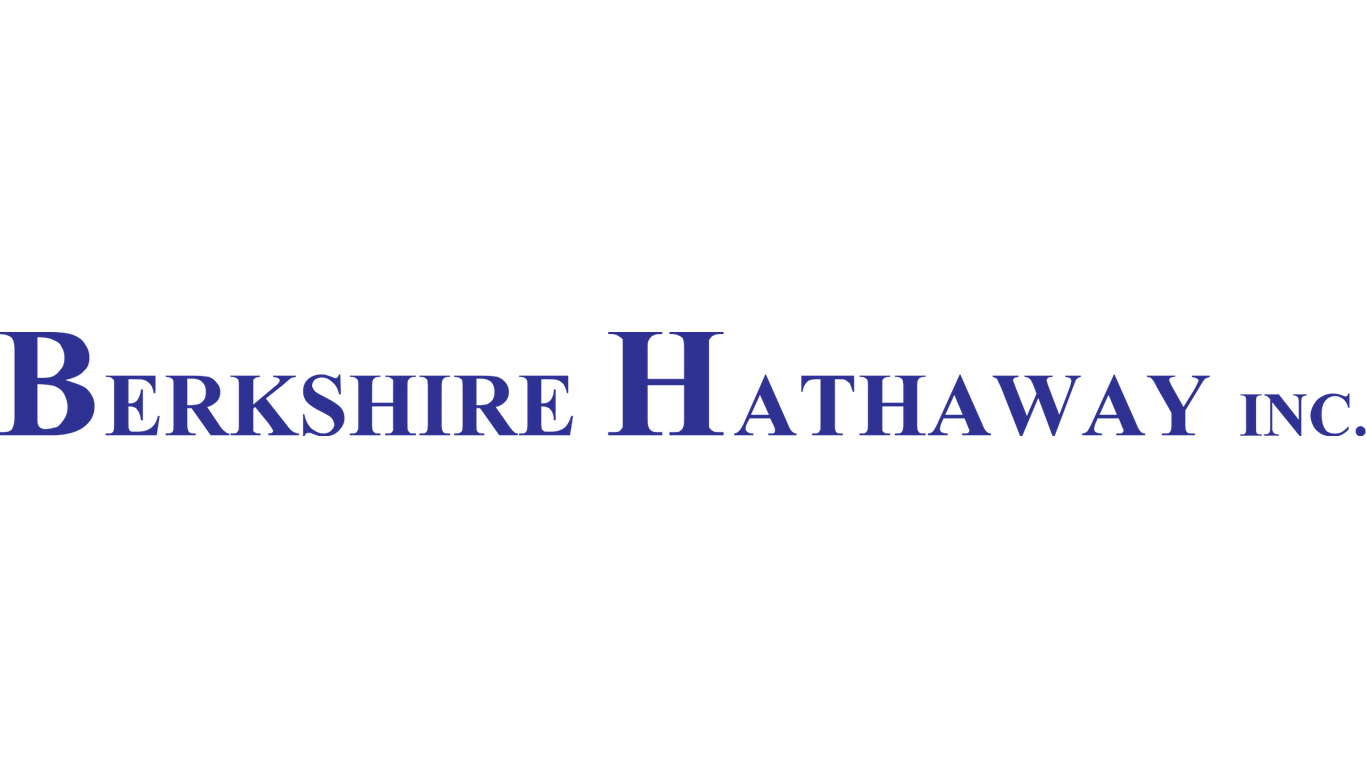
CNBC published an article in late August discussing some non-technology stocks investors were buying heading into the final months of 2024. Not all investors are buying Nvidia (NASDAQ:NVDA) and calling it a day.
The article and the video that accompanied it weren’t earth-shattering, but they did provide me with an idea for building a four-stock portfolio for market-beating returns.
Ever since I first learned about the Coffee Can portfolio, a concept first written about in 1984 by portfolio manager Robert Kirby—he served on Ronald Reagan’s Brady Commission, which investigated the reasons for the October 1987 stock market crash—I’ve come to realize that some of the best portfolios are those with fewer, not more, stocks.
In his Journal of Portfolio Management article, Kirby wrote, “You can make more money being passively active than actively passive.”
By selecting excellent stocks held for the long haul, investors can be successful in being passively active.
Here’s a 4-stock portfolio to test it out.
24/7 Wall Street Insights
- An equal-weighted tech ETF makes sense for a 4-stock portfolio.
- Berkshire Hathaway (BRK.B) is an easy choice for the financials sector.
- Interest in robotic surgery isn’t diminishing, which should benefit Intuitive Surgical (ISRG) in the long run.
- Netflix (NFLX) made some tough choices that are paying off significantly.
- If you’re looking for some stocks with huge potential, make sure to grab a free copy of our brand-new “The Next NVIDIA” report. It features a software stock we’re confident has 10X potential.
The Tech Portion (25-40% allocation)

Even though I got the idea for this article from something discussing good non-tech stocks, any passively active portfolio should have a technology component built into it.
That said, during the summer, we saw a rotation away from tech stocks to more defensive plays.
“‘We’re seeing a rotation now into stocks that benefit from ,’ says Rob Haworth senior investment strategy director at U.S. Bank Wealth Management. ‘Real estate, utilities, defensive stocks and smaller company stocks are currently capitalizing on expectations of declining interest rates.’ This has, at least temporarily, made technology stocks less attractive,” U.S. Bank’s U.S. Wealth Management division wrote on Sept. 3.
For example, the Magnificent Seven lost $1.7 trillion in two weeks in July and early August. They then battled back through most of August before hitting the skids again in the dog days of summer.
Tech stocks of all stripes are probably cheaper than they’ve been since early August and May before that. And despite the corrections, the U.S. Bank report points out that tech stocks are on track in 2024 to outperform the S&P 500 for the fifth time in the past six years.
So, tech should be part of your 4-stock portfolio. Rather than picking a stock to represent tech stocks, using a tech ETF as a good proxy is better.
I’d use the First Trust NASDAQ-100-Technology Sector Index Fund (NASDAQ:QTEC). It tracks the performance of the First Trust NASDAQ-100-Technology Sector Index Fund, a collection of 42 equal-weighted tech stocks, reconstituted once a year in December and rebalanced four times in March, June, September and December.
The 25-40% allocation depends on your comfort level with tech stocks.
Non-Tech Stock 1 (20-25%)

The three largest sectors by weight in the SPDR S&P 500 ETF Trust (NYSEARCA:SPY) other than technology are financials, health care, and communication services. I’ll select one from each of those sectors.
The first of the three is a financials stock from the index. There are currently 66 companies. The largest of them is Berkshire Hathaway (NYSE:BRK.B). It recently became the seventh U.S.-listed stock to reach a $1 trillion market cap. I would be very comfortable owning this stock for the long haul, even after Warren Buffett dies.
I’ve long considered Berkshire Hathaway a mutual fund. I’m not the only one. However, unlike most mutual funds, Berkshire charges its shareholders zero fees.
The holding company’s long-term performance remains remarkable. Between 1965 and 2023, its per-share market value has appreciated by 19.8% compounded annually, 960 basis points higher than the index.
In recent years, the index, thanks to a heavy concentration of tech stocks, has delivered significantly better returns than Berkshire. However, Buffett’s coming on. Its shares are up nearly 32% year to date.
It’s a defensive play that very few others can offer long-term investors. I would allocate it to the higher end of the range.
Non-Tech Stock 2 (20-25%)

The second of the three is health care stocks. The index currently has 64 healthcare companies. Eli Lilly (NYSE:LLY) is the largest, while Walgreens Boots Alliance (NASDAQ:WBA) is the smallest. Given the latter’s miserable performance, it’s unlikely to be part of the index for much longer. Its shares are down 83% over the past five years.
While there are many great healthcare companies, I’ve always been partial to Intuitive Surgical (NASDAQ:ISRG), the manufacturer of the da Vinci robotic surgical system.
Although the company was founded in 1995, it launched da Vinci five years later in 2000. Today, it’s the fifth generation of the da Vinci system. It finished the second quarter with an installed base of 9,203 systems, 14% higher than a year earlier.
In 2023, more than 2.2 million procedures were completed using da Vinci systems. Through June 30, over 15.4 million procedures have been performed using its systems since 2000. Most procedures are performed for general surgery in the U.S. and non-urology outside the U.S.
It’s come so far that finding a hospital without more than one da Vinci installed is rare, and that’s excellent.
Non-Tech Stock 3 (20-25%)

The third and final stock is from the communications sector. The index currently includes 22 communication services companies. Some of the larger names are included in the QTEC ETF, so they’re not up for consideration.
While it’s tempting to choose Walt Disney (NYSE:DIS) because of the strength of its Disney Parks, Experiences, and Products segment, I’ll pivot to Netflix (NASDAQ:NFLX), its streaming competitor.
Two years ago, investors were worried about what would happen to revenues when it cracked down on password sharing and introduced ad-supported tiers. The moves have been very profitable. It’s a big reason its stock is up 44% in 2024 and 51% over the past 12 months. Analysts believe its shares could keep on moving higher.
“Our view remains unchanged that Netflix has won the global streaming wars as evidenced by YTD [year to date] results/raised guidance (especially relative to its streaming peers’ results), and this is what, in our view, winning looks like,” Barron’s reported Pivotal Research analyst Jeffrey Wlodarczak’s comments from an Aug. 30 note to clients.
The analyst raised his price target on Aug. 30 by $100 to $900. He has a Buy rating, and the target is 33% higher than where it’s currently trading.
Netflix hit 277.7 million global subscribers at the end of the second quarter, 39.3 million higher than in Q2 2023. With little real competition, Netflix is on course to generate $55 a share in free cash flow by 2030.
Yes, it’s expensive, but little suggests it’s about to be lapped by any of them, including Disney.
In 20 Years, I Haven’t Seen A Cash Back Card This Good
After two decades of reviewing financial products I haven’t seen anything like this. Credit card companies are at war, handing out free rewards and benefits to win the best customers.
A good cash back card can be worth thousands of dollars a year in free money, not to mention other perks like travel, insurance, and access to fancy lounges.
Our top pick today pays up to 5% cash back, a $200 bonus on top, and $0 annual fee. Click here to apply before they stop offering rewards this generous.
Flywheel Publishing has partnered with CardRatings for our coverage of credit card products. Flywheel Publishing and CardRatings may receive a commission from card issuers.
Thank you for reading! Have some feedback for us?
Contact the 24/7 Wall St. editorial team.





